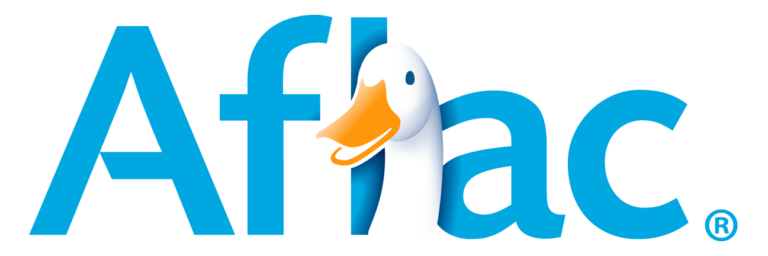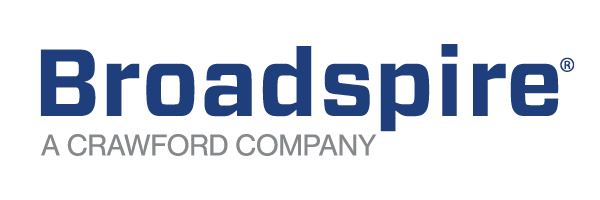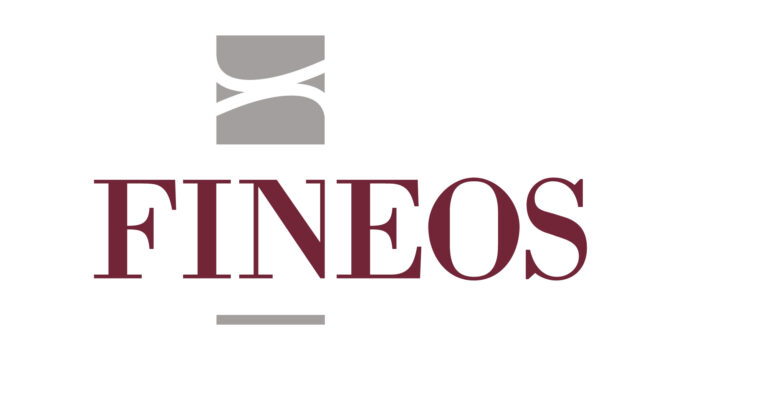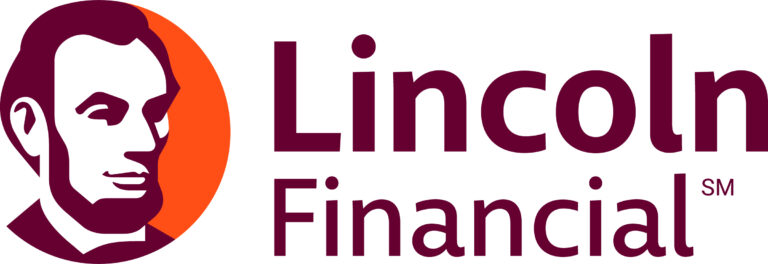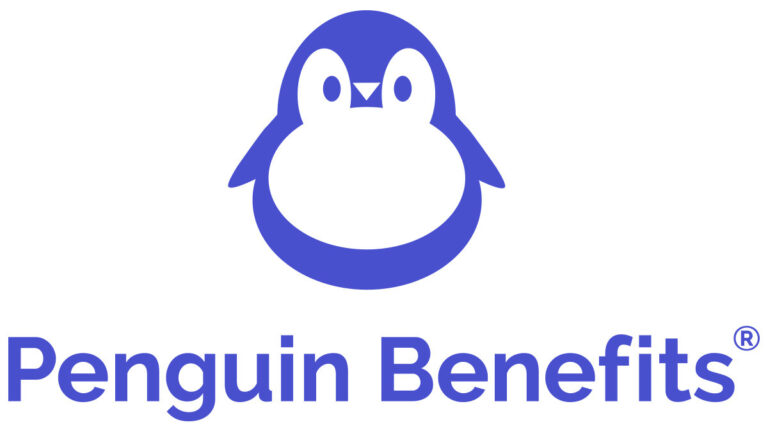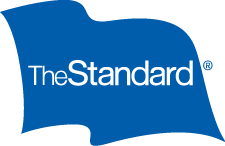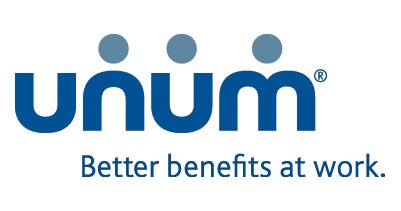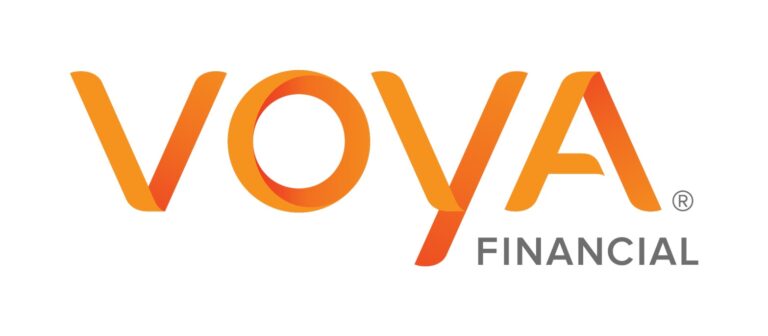Technology can be a valuable asset for absence and disability management professionals, who align expectations among team members and build plans for reasonable goals. Learn how to make the most of technology in this podcast episode that elaborates on concepts shared in the Technology & Innovation issue of DMEC’s @Work magazine. We’ve unlocked the column “Integration Technology 101: Master the Basics for a Better Leave Experience” so listeners get the full story.
Transcript
[:[:[:[:[:[:[:[:[:[:[:[:[:[:[:[:[:[:[:[:[:[:[:[:[:[:[:

